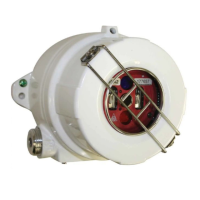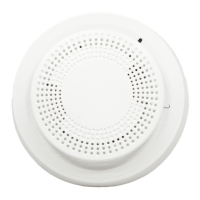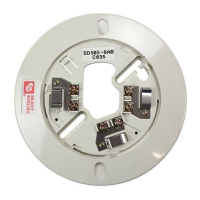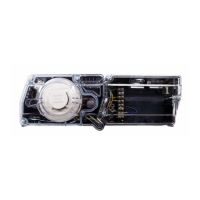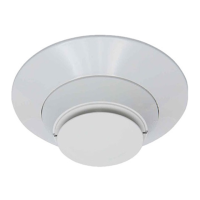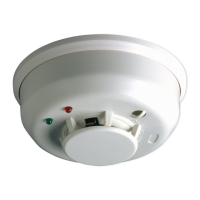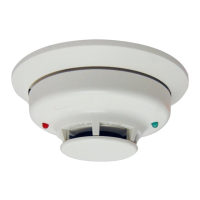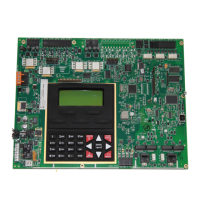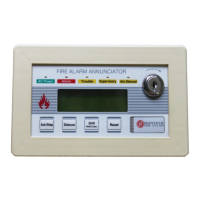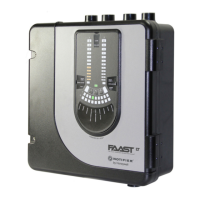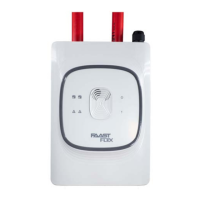OPERATOR MANUAL // SECTION 1: TECHNICAL DESCRIPTION
HONEYWELL 10
1.4.2 Detection Range and Field-of View
The SS4-A/-A2 detection range is field adjustable between 15 and 60 ft. in
15 ft. increments to an industrial standard of one square foot Gasoline,
Kerosene, or isopropyl Alcohol pan fire within 5 seconds.
The Detector is also optimized for the following specific type of fuels and
will alarm to the resultant fire within five (5) seconds. Careful attention
should be given to the Detector sensitivity setting for these types of fires.
• Silane Gas: 10” fire height using a 3/16” orifice at a distance of 15
ft. with the Detector sensitivity setting of
15 ft.
• Propane Gas: 10” fire height using a 3/8” orifice at a distance of 15
ft. with the Detector sensitivity setting of
15 ft.
• Jet fuel-A:
ONE square foot pan fire at a distance of 60 ft. with the
Detector sensitivity setting of
60 ft.
• JP-5: ONE square foot pan fire at a distance of 60 ft. with the
Detector sensitivity setting of
60 ft.
• JP-4: TWO square foot pan fire at a distance of 100 ft. with the
Detector sensitivity setting of
60 ft.
• JP-8: TWO square foot pan fire at a distance of 100 ft. with the
Detector sensitivity setting of
60 ft.
The Detector incorporates a 120-degree conical Field of View. The fire
emissions received by the Detector diminish at extreme range and edges of
the field-of-view. It is recommended that the Detector be pointed at the fire
threat area for the fastest response times to the smallest size fire. When
multiple Detectors are used to cover large areas, the Field-of-Views should
overlap to insure complete coverage of the fire threat area. The Field-of-
View is not, however, limited to 120 degrees. Larger fires outside the 120
degree Field-of-View may cause the SS4-A/-A2 to alarm. This is based on
the Inversed Square Law for radiated energy, a larger size fire outside the
Detection Range and field-of-view may cause the Detector to alarm. Refer
to Figure 1.
